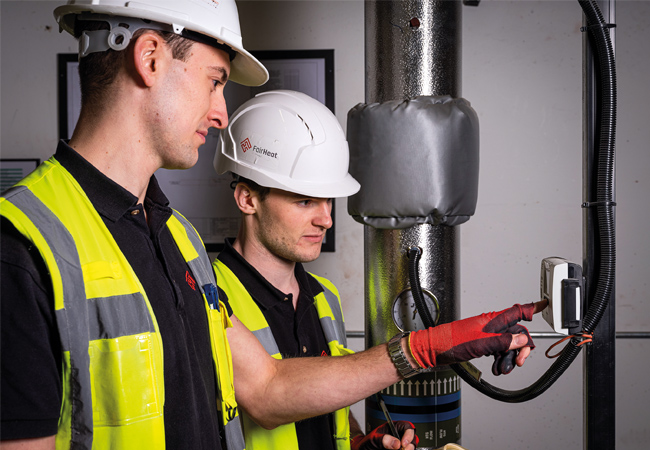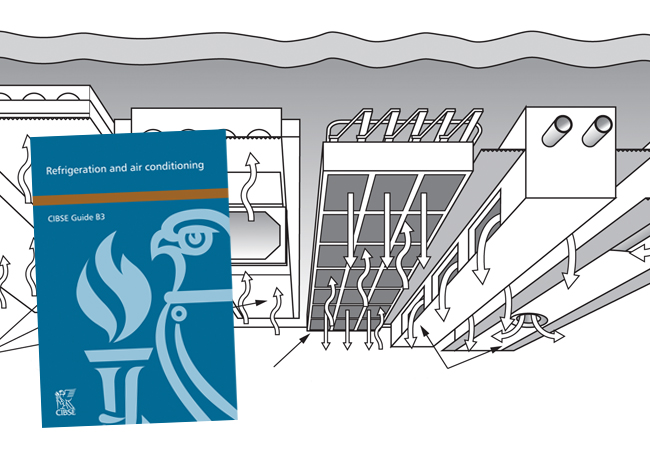
The latest Intergovernmental Panel on Climate Change (IPCC) report, from October 2018, makes abundantly clear the need for urgent action to reduce carbon emissions, warning that we have just 12 years to limit the impact of climate change by keeping global warming to a maximum of 1.5°C.
The London Energy Transformation Initiative (Leti), along with the World Green Building Council (WorldGBC), Architecture 2030 and others, believe all new buildings need to achieve net zero carbon in operation by 2030. This might feel like a long way off, but considering projects are often completed and occupied up to five years after they are designed, this deadline appears much closer.
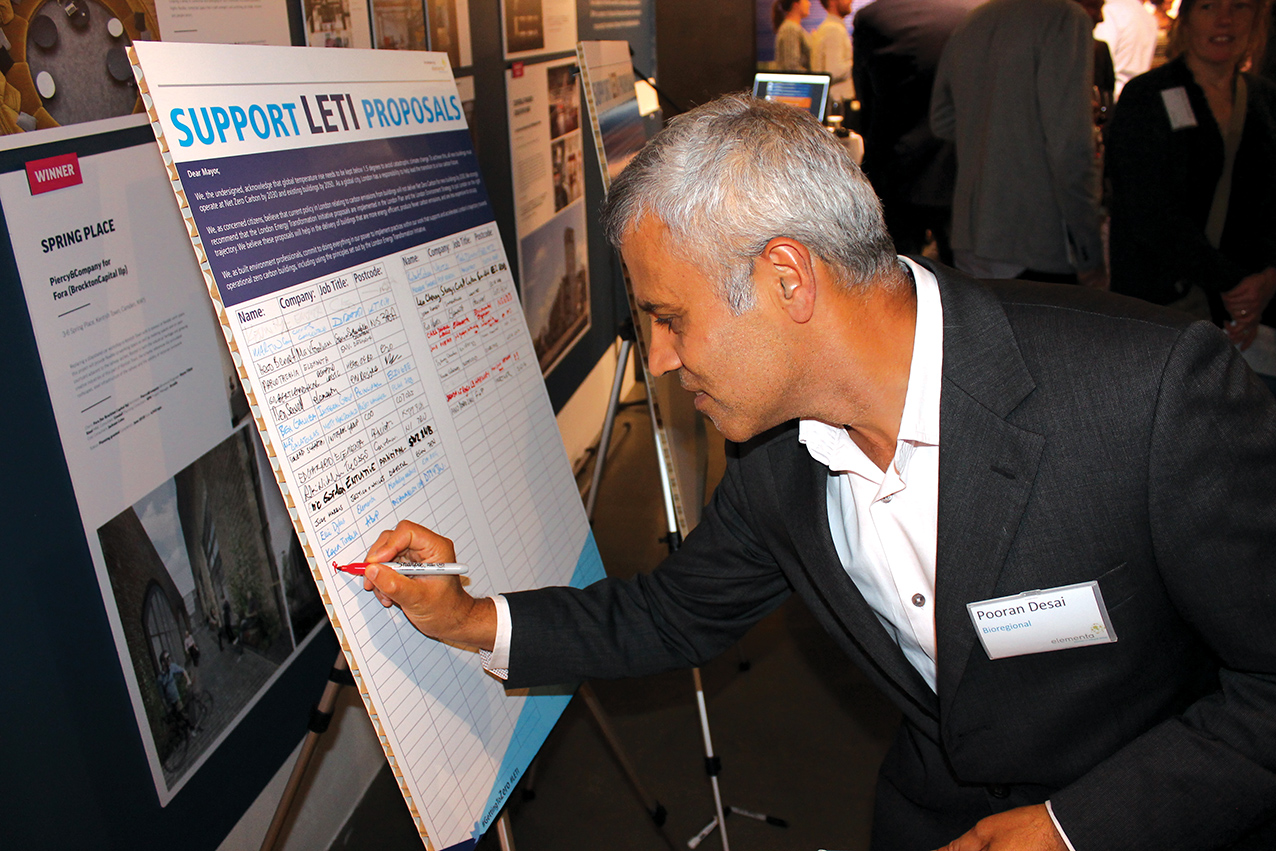
Signing up to support Leti’s zero carbon 2030 proposals
By 2025, 100% of the buildings we design need to be able to achieve net zero in operation. As an industry, we need to be certain that we can deliver this – not just for pioneer projects, but for all projects.
Currently, the industry is not even sure how to define zero carbon and what this means for our projects. Should the target depend on location, height or building typologies – and does it include embodied carbon or unregulated loads?
Although much progress is being made in the data-disclosure movement, the industry often does not make the connection between performance in use and what is deemed to be a sustainable building design. To understand the extent to which we have to reduce emissions, we need to get to grips with how our buildings are performing.
Definition
Leti believes that, by 2020, we need to have developed a definition of ‘operating at net zero’, with defined measurable targets and a design approach. This will give us five years to sense check, refine and validate the approach – as well as allow time for market uptake – so we can be sure that, by 2025, all the buildings we design operate at net zero.
By 2020, we need to have developed a definition for ‘operating at net zero’, with defined, measurable targets
To that end, Leti aims to develop a comprehensive roadmap during 2019 setting out the approach, targets and benchmarks that developments in London need to achieve to reach net zero in operation. This means that, by 2020, developers, consultants and policy officers in London – and the rest of the UK – will be able to understand what their developments must achieve to ensure our climate change targets are met.
Leti working groups
The roadmap includes seven Leti working groups focusing on the following areas:
Net zero carbon
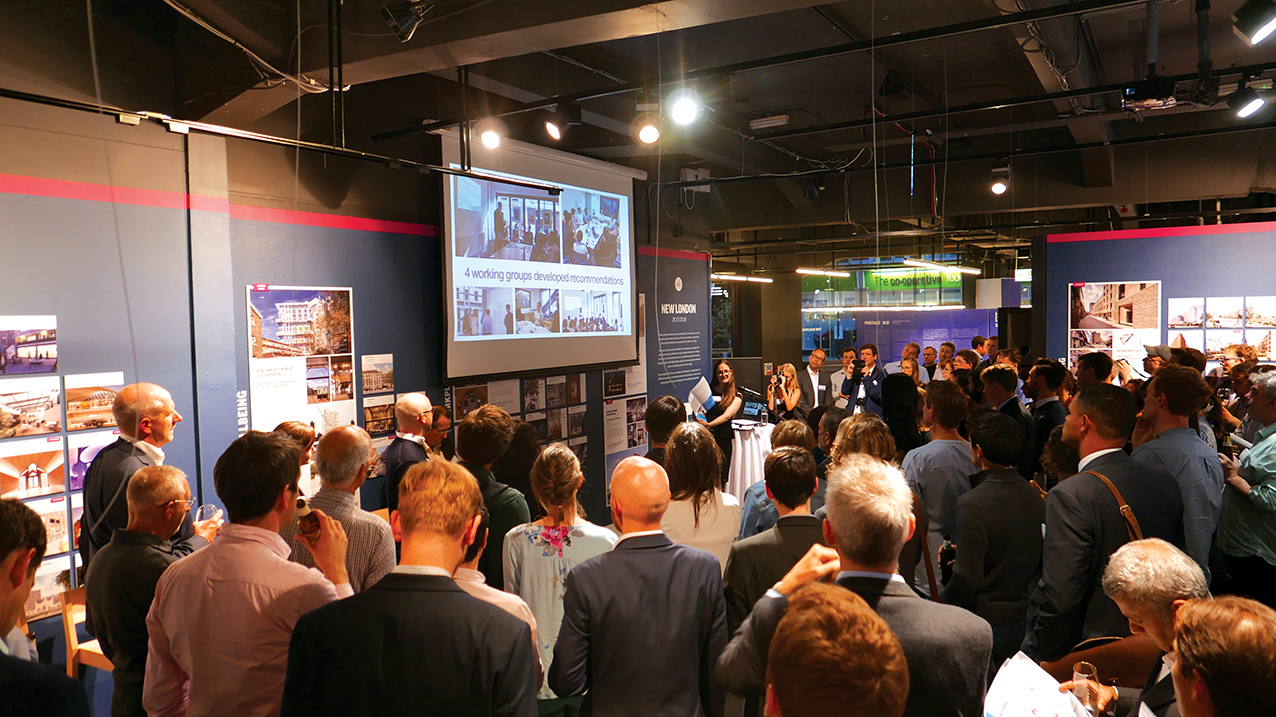
Leti workshops over the past year have helped to engage the industry on zero carbon targets
This group is feeding into work, led by the UK Green Building Council (UKGBC), on a definition for net zero carbon. It is also collaborating with the Greater London Authority (GLA) on a policy roadmap to achieve net zero carbon in new buildings by 2030 and existing buildings by 2050.
Leti will develop tools to make net zero carbon more tangible, coherent and achievable for the industry. It will confront issues such as cost and feasibility, setting out what net zero carbon buildings could look like by working up examples for typical London typologies. This will include developing a technical tool for designing and delivering net zero carbon buildings, using the Leti Declaration as a starting point.
Embodied and whole-life carbon
Working with UK and international bodies – such as UKBGC/WGBC, the World Business Council for Sustainable Development, Climate-KIC and the Children’s Investment Fund Foundation – this group aims to develop guidance relevant to planners and built environment professionals on conducting embodied carbon assessments. This will include where to source data on embodied carbon in materials and building services, and where to draw the boundaries of an embodied or life-cycle carbon assessment. It is also raising awareness of embodied carbon.
Calculation methodologies – Part L of the Building Regulations:
This group is developing recommendations on the role of energy modelling in the design process, both for compliance and performance modelling. It will put together detailed recommendations for the energy assessment methodology in Part L of the Building Regulations, and explore questions such as the effectiveness of an approach based on the notional building, and other alternative methods.
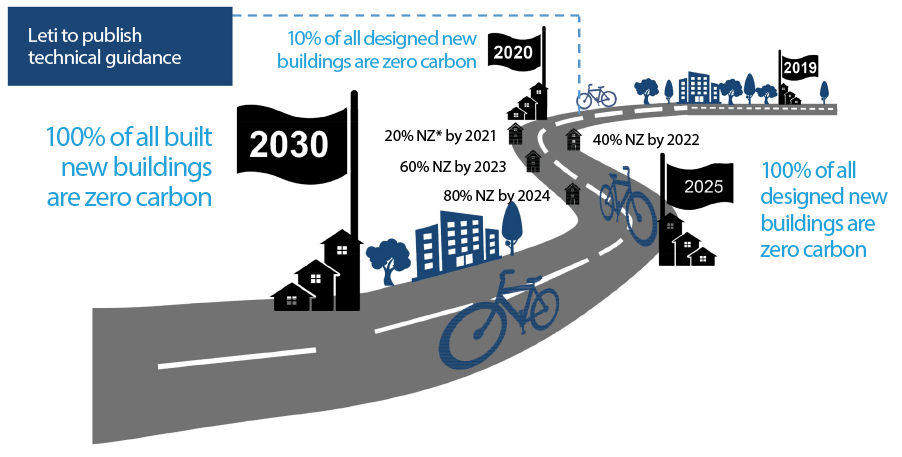
Leti’s pathway to zero carbon in 100% of all new buildings by 2030 *nearly zero (NZ)
Be seen – data disclosure
This will offer recommendations on the in-use energy and contextual data that should be reported, and advice on the practicalities of setting up metering, monitoring and reporting systems. The group will demonstrate some of the uses of the data and the opportunities these bring.
The future of heating
The aim of this group is to develop clear guidance for industry on this rapidly changing area. Fluctuating carbon factors between high- and low-demand periods are a challenge to developing low carbon and low-cost heating and hot water systems. So this group will explore whether the focus should be on reducing heat demand rather than improving supply efficiency, and how close we are to satisfactory building fabric for individual buildings, or clusters of buildings, to run on internally generated heat gains.
Demand response and energy storage (DRES)
This will establish whether flexibility in when buildings and occupants use energy can reduce carbon emissions. The focus will be on developing guidance on how DRES can reduce the carbon footprint of buildings, and how local authorities can assess whether a building has been designed to maximise energy-use flexibility.
By 2025, 100% of the buildings we design need to be able to achieve net zero in operation
The group will also explore how DRES in a development could reduce or delay the need for grid upgrades, and its wider impact on renewables.
Leti Declaration
To achieve the Leti goals, it is crucial that industry leads by example and builds upon the changes in the draft London Plan to deliver operational net zero carbon buildings. The Leti Declaration tool has been developed to help achieve this, with a strong focus on nudging design teams to think about how their design proposals would perform in operation.
The focus is now to refine, develop and test the Leti Declaration to disclose energy data at the design stage and compare this with measured in-use performance data, by developing functionality to link to post-occupancy monitoring data.
To avert disastrous, irreversible climate change, we only have one year to develop our first version of a roadmap for achieving operational net zero carbon buildings. For this roadmap to be robust, we need as many people as possible to become involved. Sign up at www.Leti.london/2019-workstreams
Leti and its impact
Leti was established to support the transition of London’s buildings to net zero carbon. Its focus was initially to influence energy policy in London, including the draft London Plan and the London Environment Strategy. Although still working with the GLA, Leti’s focus has shifted to offering solutions and approaches to support the zero carbon transition. Many of its recommendations have been included in emerging London policy and energy assessment guidance:
Energy-use disclosure: A ‘be seen’ stage has been added to the energy hierarchy that cements monitoring, verifying and reporting into the London Plan.
Carbon factors: The draft London Plan recognises that Building Regulations use outdated carbon-emission factors. The GLA energy assessment guidance recommends that SAP10 carbon factors (for example, 233gCO2/kWh for electricity) are used from January 2019.
Whole life-cycle carbon: Referable schemes to calculate whole life-cycle carbon emissions through a nationally recognised assessment, and to demonstrate actions taken to reduce life-cycle carbon.
Enhanced fabric and systems: A 10% reduction in carbon emissions for residential development, and a 15% reduction for non-residential, to be achieved by using efficient building fabric and systems.
Increased transparency of design: Reporting on total energy demand and glazing ratio. Fabric Energy Efficiency Standard (FEES) to be reported for residential.
Overheating: CIBSE TM52 or TM59 criteria are met using the DSY1 (2020’s 50th percentile) weather file, and that sensitivity analysis is carried out for DSY2 and DSY3 (2020’s 50th percentile). An overheating checklist must be completed for residential developments.
Future-proofed to achieve zero carbon onsite: All developments and district heating systems to be future-proofed to achieve zero carbon onsite by 2050.
Calculation of unregulated energy consumption: Major development proposals should calculate and minimise carbon emissions from any other part of the development, including plant or equipment, that are not covered by Building Regulations.
Cost to occupant: To be reported if heating and hot water are to be provided by heat pumps.
Onsite renewable: To be maximised, regardless of whether 35% carbon-emission reduction has been met.
Demand-side response: Plans for demand-side response and investigations into energy storage are required.
Clara Bagenal George is a senior engineer at Elementa Consulting

